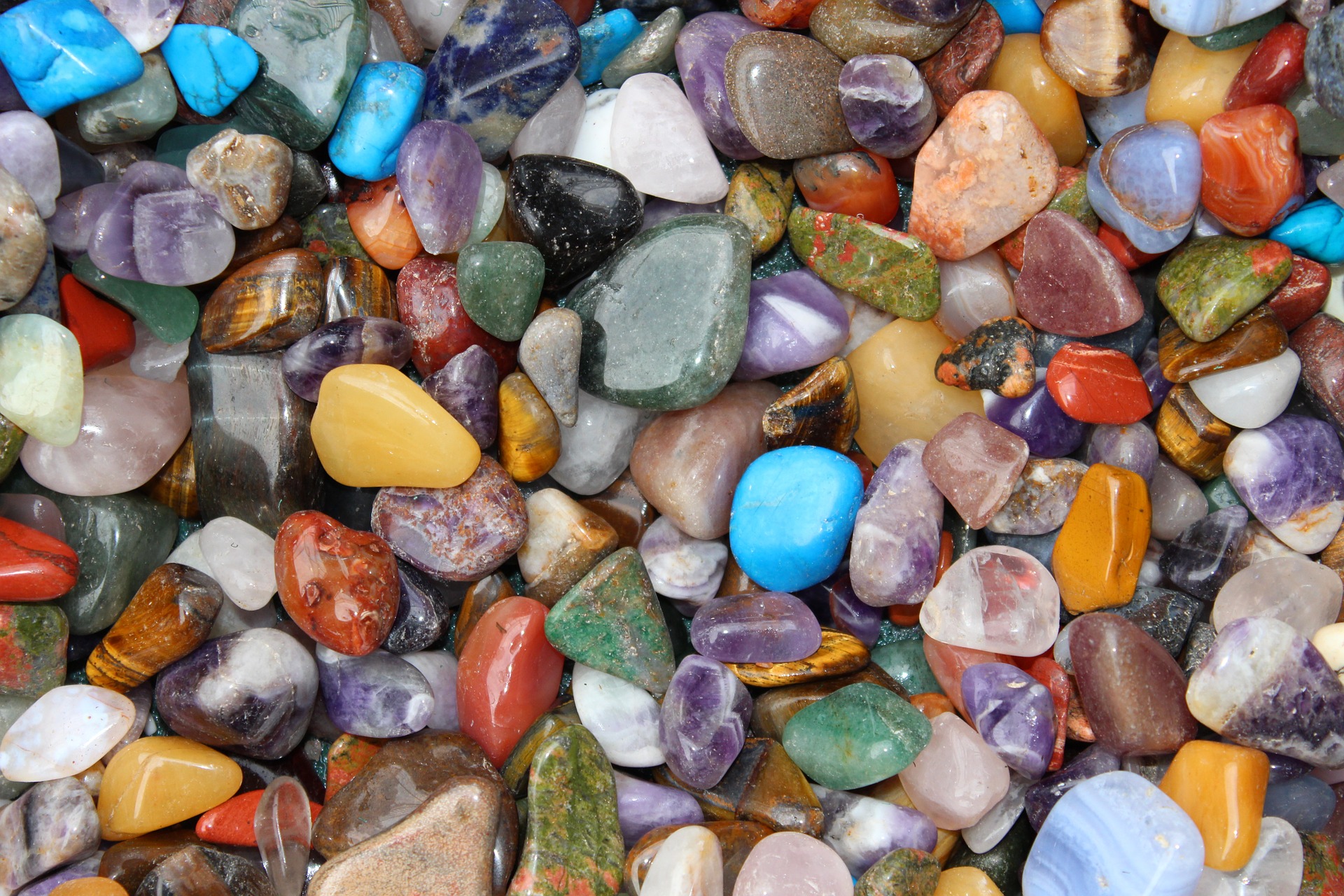Looking for the perfect Valentine’s Day gift for that special someone? Forget diamonds, says the L.A. Times, instead woo your valentine with one of these unique crystals, identified as the world’s rarest mineral species in a paper about to be published in the journal American Mineralogist. The report’s authors, Dr Robert Hazen, from the Carnegie Institution in Washington DC, and Prof Jesse Ausubel of The Rockefeller University, New York told the BBC that “the rarest of the rare – that’s about 2,500 minerals – are only found at five places on Earth or fewer.”
Many of these minerals form only when a “perfect storm” of environmental conditions such as temperature and air pressure occurs. Of these, some are decidedly ephemeral and will exist only fleetingly before being dissolved by rain or decomposed by the sun. A few “vampire-like” minerals, such as Edoylerite, metasideronatrite, and sideronatrite, melt away with exposure to light.
Fingerite, for example, is one of the rarest minerals known to mankind and can only be found on the side of an El Salvadorean volcano: “an incredibly dangerous place with super-hot fumeroles”, explained Hazen.
It’s made of rare elements – vanadium and copper have to exist together, and it forms under an extremely narrow range of conditions. If you just change the ratio of copper to vanadium slightly, you get a different mineral. And every time it rains, fingerite washes away.
Rarer still is ichnusaite, of which only one specimen has ever been encountered: on the Italian island of Sardinia. It is a fusion of radioactive thorium and “lead-like” molybdenum.
What is most astonishing about rare minerals is that the processes that ultimately forms most of them comes from biology,” he said. “As life changes near the surface of our planet, it creates new conditions that leads to the creation of thousands of new minerals.
Many of the minerals documented by Hazen and his team are valuable beyond their novelty for the potentially exciting uses that may be made of them in the technological sphere. Thankfully, given their rarity in the natural world, many can be synthesized industrially.
Hazen and Ausubel’s study serves as a catalogue of these lesser-known minerals, pinpointing their locations and estimating the existing reserves of each one – an endeavor that will likely be of considerable value to fellow scientists and developers of new technologies.
























